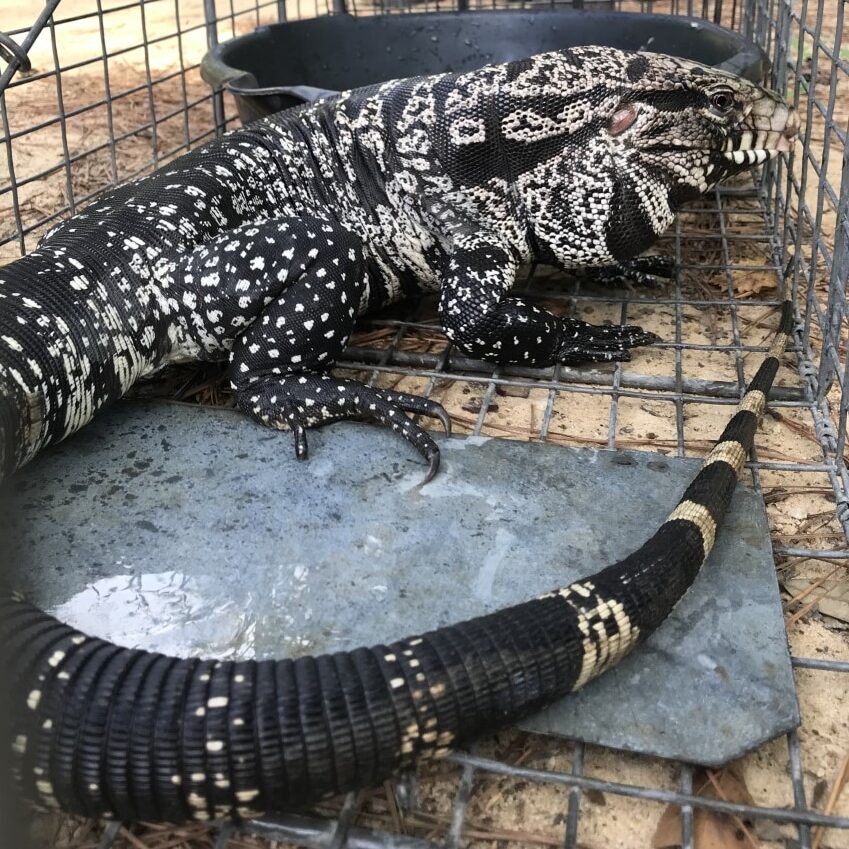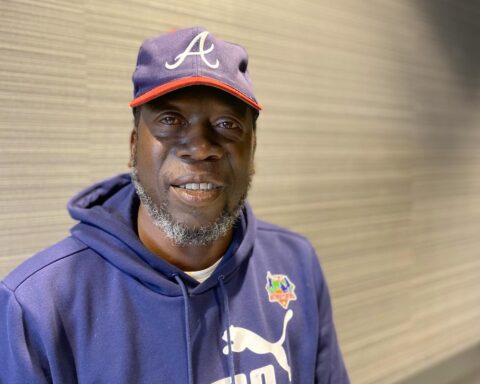The estimate of autism prevalence in U.S. children has slightly increased, to about 1 in 59, the CDC reported Thursday.
The previous estimate, released in 2016, was that about 1 in 68 children in this country had autism spectrum disorder.
Georgia – specifically five metro Atlanta counties — was one of 11 communities studied in the report, conducted by a CDC tracking system of 2014 data.
The overall prevalence estimate of 16.8 per 1,000 children aged 8 years in 2014 (1 in 59 kids) is higher than previously reported national estimates.
Georgia’s estimate was similar: 17 per 1,000 8-year-olds, or about 1 in 59.
Autism is a developmental disorder characterized by troubles with social interaction and communication, and by restricted and repetitive behavior.
Some of the change in prevalence could be due to improved identification of autism in minority populations, the CDC said.
“Autism prevalence among black and Hispanic children is approaching that of white children,” Dr. Stuart Shapira, associate director for science at CDC’s National Center on Birth Defects and Developmental Disabilities, said in a statement. “The higher number of black and Hispanic children now being identified with autism could be due to more effective outreach in minority communities and increased efforts to have all children screened for autism so they can get the services they need.”
Children identified early with autism and connected to services are more likely to reach their full potential, experts say.
“We have seen non-white children get diagnosed at much lower frequency,’’ said Chris Gunter, associate professor of pediatrics and human genetics at Emory School of Medicine and director of communications operations at Marcus Autism Center. So the new data show that “kids who need services are getting them more often,’’ she said.
Autism used to be 20 percent higher in white kids than black children, and that difference shrank to 10 percent. The gap between white and Hispanic kids shrank from 50 percent to 20 percent, the Associated Press reported.
The causes of autism aren’t well understood, and it’s not clear what factors might be at play — like, for example, more couples having babies later in life, said Thomas Frazier, chief science officer for the advocacy organization Autism Speaks, the AP reported.
“There’s still a ton of work to do to better understand why this is happening,” Frazier said of the increase.
Diagnosing autism can be difficult since there is no medical test, like a blood test, to diagnose the disorders. Doctors look at the child’s behavior and development to make a diagnosis.
Autism can sometimes be detected at 18 months or younger. By age 2, a diagnosis by an experienced professional can be considered very reliable, the CDC says.
The report provides estimates of autism among more than 300,000 8-year-old children from 11 communities across the United States. The new CDC report from the Autism and Developmental Disabilities Monitoring Network focuses on 8-year-olds, because most cases are diagnosed by that age.
This report is the best estimate of autism prevalence, Gunter said.
“There’s not an epidemic of autism,’’ she said. “Autism is not spreading. We’re still grappling with the changes in diagnostic criteria in the last decade, as well as seeing how kids change over time.”
Getting early interventions “changes the trajectory of what autism means for each child,’’ Gunter said.
There are regional differences in the estimated prevalence of autism in the 11-community study. Some of these differences may be due to differences in how autism is being diagnosed and documented, the CDC said.
The data demonstrate that more work needs to be done to identify children with autism at a younger age and refer them to early intervention, the CDC said.
Although health records showed that 85 percent of the children had caused concern about their development by the time they were 3 years old, only 42 percent received a developmental evaluation by that age. This lag between first concern and initial evaluation may affect when children with autism can begin getting the needed services.
“It’s really important that parents who have concerns about their children to go to a pediatrician,’’ Gunter added.
The Georgia Department of Public Health, which has an early intervention program, said Thursday it has established partnerships with key stakeholders such as Emory Autism Center, Marcus Autism Center and the Georgia Chapter of American Academy of Pediatrics ”to ensure that children are screened, evaluated and receive behavior intervention services by appropriately trained personnel.”
Disclosure: This article may contain affiliate links, meaning we could earn a commission if you make a purchase through these links.






